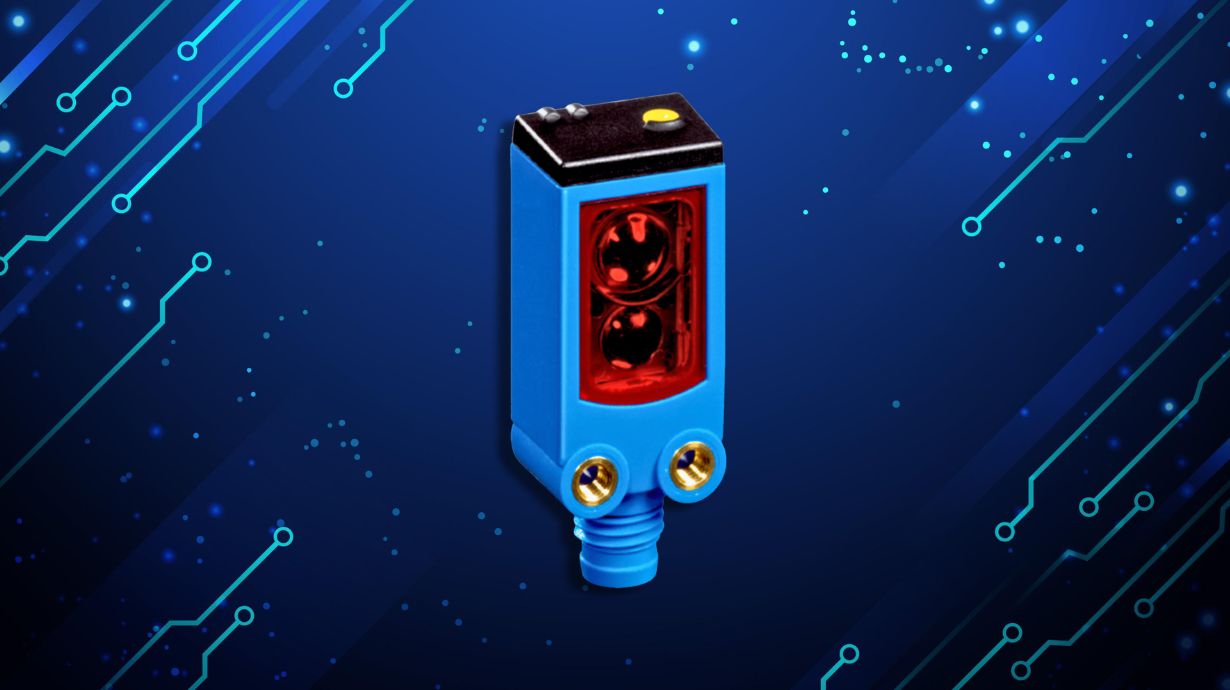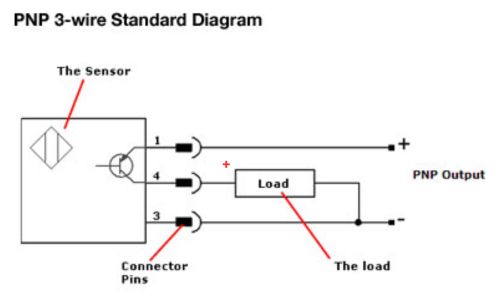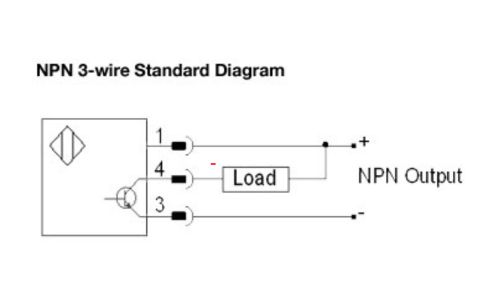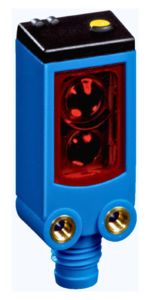Sensor Selection Made Easy: NPN vs PNP

At Triad Technologies, we specialize in providing a wide range of high-quality sensors to meet your industrial automation needs. Whether you are selecting a proximity switch, light curtain, or limit switch, it's important to understand the fundamental differences between NPN and PNP types to ensure correct wiring and compatibility with the other components in your application.
NPN vs. PNP Sensors: Key Differences


PNP Sensors
Transistors: Transistors allow sensors to detect and respond to changes in their environment. PNP is one of the two primary transistor types used in sensor design. In PNP transistors, current flows from the collector to the emitter when a positive voltage is applied to the base, meaning sensors switch the positive DC signal voltage (+24VDC) and source current to indicate an object's presence. A trick for remembering this is PNP has more “P’s,” indicating it is positive switching and inputs should be negative.
Geography: PNP sensors are widely used in North America due to their compatibility with most PLC inputs.


NPN Sensors
Transistors: NPN is the other primary transistor type used in sensor design. When a positive voltage is applied to the base, current flows from the emitter to the collector, converting a negative DC signal voltage (-24VDC) and sink current, and providing a path from the sensor to the power supply's negative side. A trick for remembering this is NPN has more “N’s” because it is negative switching.
Geography: These sensors are more commonly used in regions outside of North America, such as Asia and Europe. This preference is often attributed to the prevalence of control systems in these regions that employ negative supply rails or ground-activated switching.
Selecting the Right Sensor: NPN vs. PNP
The choice between NPN and PNP sensors depends on the device’s compatibility with your control system. Ensure that the sensor's output type (NPN or PNP) aligns with the input requirements of your PLC or other control devices.
Solutions from Triad Technologies
Whether you are looking for NPN or PNP sensors, Triad offers a wide variety of versatile solutions to meet your needs. One such option is the W4 Push/Pull sensor from SICK (WTB4FP-31311120ZZZ), which fits any NPN or PNP circuit. It comes in a variety of connector types (M8, M12, and flying lead). The W4 Push/Pull offers a simple output configuration with 1 wire for 24V power, a second wire for 0V common, and a third wire to provide a push/pull output, which can automatically provide a PNP or NPN output by checking the circuit to see which is needed. This sensor can also be upgraded to an IO link version (WTV4FE-22161120A00), or simplified with preset PNP (WTB4FA-84811120ZZZ) or NPN (WTB4FP-31E11120ZZZ) output to simplify configuration and cut costs.
Triad also offers some more cost effective solutions, such as the SICK G Series, that can be pre-set as either NPN or PNP. We also carry Baumer, which offers a PNP or NPN Push/Pull AutoDetect SmartReflect Light barrier, which has a sensor output wire that will automatically check the circuit and set the sensor output to PNP or NPN, based on what is in the circuit. It also is unmatched on the market for detecting clear material.


Despite listing a few of our options, at Triad, we know that the best sensor is the one that works best for you. That is why our expert team offers personalized consultation as well as practical application testing in our Automation Lab, located in Sharonville, Ohio. Our experts can demonstrate various sensor types and help you select the ideal solution for your specific needs. Or, if you already know what you need, request a quote online and our customer support team can begin your order today! We carry several trusted sensor lines and are committed to providing exceptional customer service while helping you find the right sensors for your application.